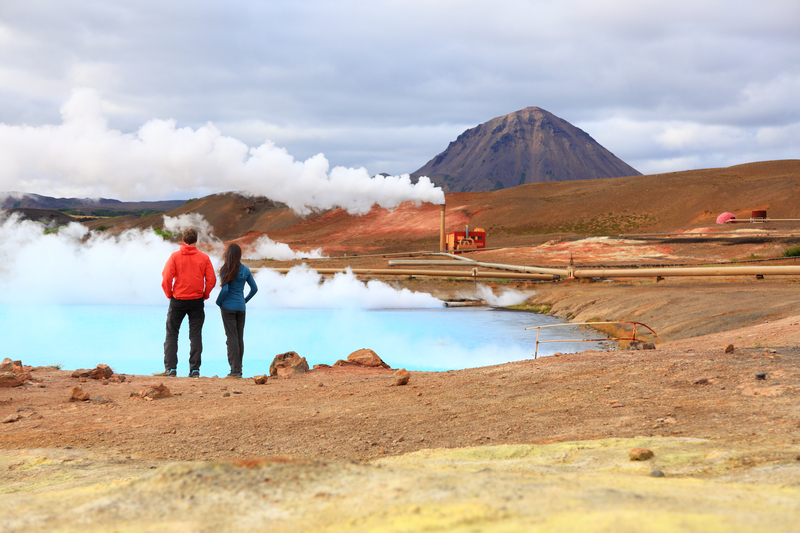This article is your complete guide to 2024 geothermal energy. Geothermal energy is a type of renewable energy that can be harnessed from the heat of the Earth’s core. If you want to learn how you can use this renewable energy resource in your home, we suggest reading this guide to the end!
Here at The Energy Professor, we want to give you the information you need to not only save money on your energy bill but to also become more energy efficient. We hope you find this post helpful! And makes it easier for you to know more about geothermal energy. Be sure to also check out our one-of-a-kind energy savings calculator!
The Energy Professor Electricity Rate Check Tool
What is Geothermal Energy?
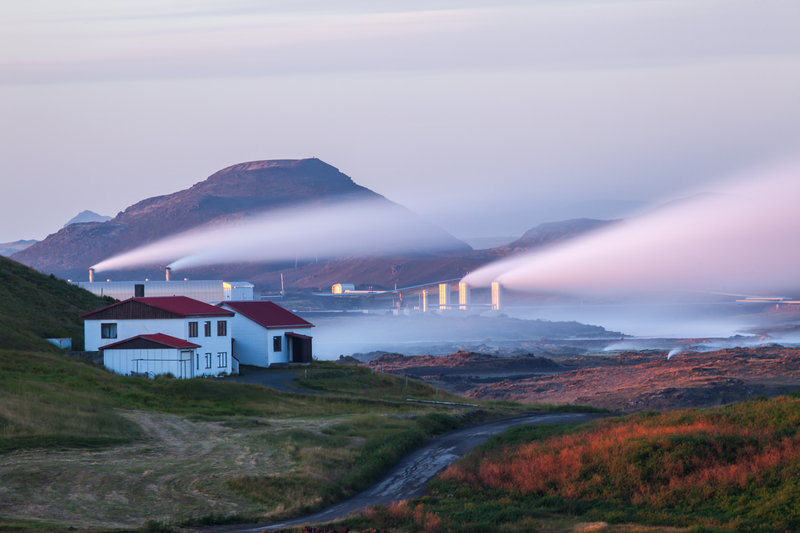
Geothermal energy is a sustainable resource harnessed from the Earth’s core. Energy like this comes from how the planet was formed, which was from radioactive materials breaking down under very high pressure. This process stores thermal energy in Earth’s rocks and fluids, heating underground water pools that release steam through surface cracks.
Energy experts have developed a method of converting that geothermal power into usable energy with steam! That’s achieved by pumping hot water to the surface, transforming it into steam to drive turbines, or utilizing geothermal heat pumps to direct underground steam for heating homes.
While geothermal energy might seem complex, many are familiar with it through natural phenomena like hot springs found in places like Yellowstone National Park. These springs are heated by the process of geothermal energy! Where water reaches deep enough to touch rocks superheated by underground magma. So, when you think about how geothermal energy works, picture this natural heating process, enhanced by technology to bring that same underground warmth into homes and small businesses.
Related post: Complete Guide on Solar Leasing
How is Geothermal Energy Generated
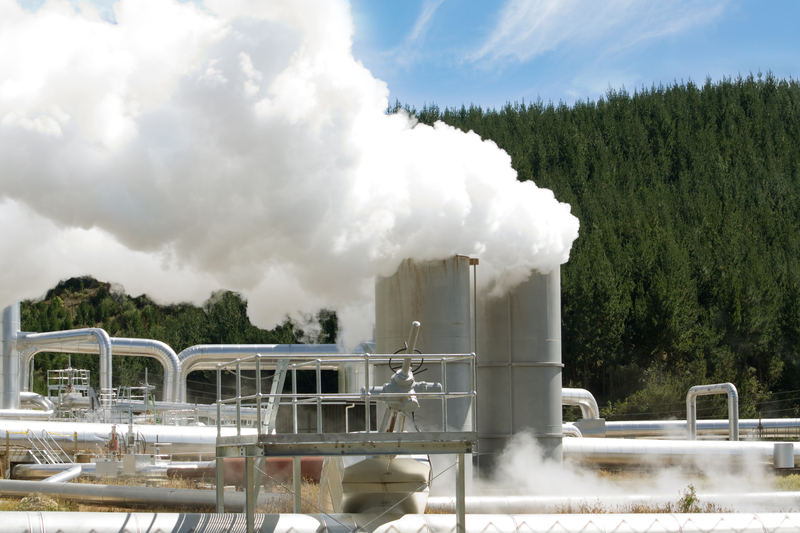
To access the deep underground reservoirs, wells are drilled up to a mile into the Earth, reaching the hot water sources. This hot water is then either transformed into steam or the steam itself is directly pumped into turbines. This process effectively converts the Earth’s natural heat into usable energy.
The heat-generated steam flows past the turbine’s spinning blades. As the steam expands and cools, it continuously moves the blades, converting the steam’s potential energy into kinetic energy. This process might sound straightforward, but there are actually three distinct methods by which how geothermal energy is created, showcasing the versatility and adaptability of this renewable energy source.
Related Post: Why is My Electric Bill So High?
How Does Geothermal Energy Work?
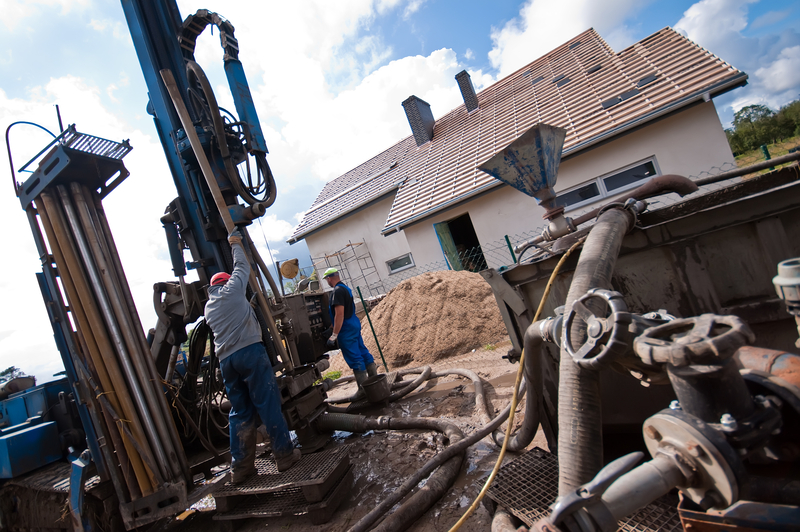
- Heat Extraction: Wells are drilled into geothermal reservoirs located beneath the Earth’s surface to access hot water and steam.
- Steam Production: The hot water and steam are brought to the surface. Depending on the temperature and pressure, steam can be produced directly or by flashing hot water into steam.
- Electricity Generation: The steam or hot water is used to spin a turbine connected to a generator. There are three main types of geothermal power plants:
- Dry Steam Plants: Directly use geothermal steam to turn turbines.
- Flash Steam Plants: Pull high-pressure hot water into low-pressure tanks, causing it to rapidly vaporize into steam.
- Binary Cycle Plants: Transfer heat from geothermal water to another liquid with a lower boiling point, which then vaporizes and drives the turbine.
- Condensation and Re-injection: After passing through the turbine, the steam is condensed back into water and re-injected into the Earth to sustain the geothermal reservoir.
This process makes geothermal energy a renewable and reliable source of power with a low environmental footprint. Some individuals have their own geothermal systems installed on their property to directly heat their homes without a power plant in the middle.
Related post: Is Geothermal Expensive? : The Costs Of Geothermal Energy
How to Obtain Geothermal Energy at Home
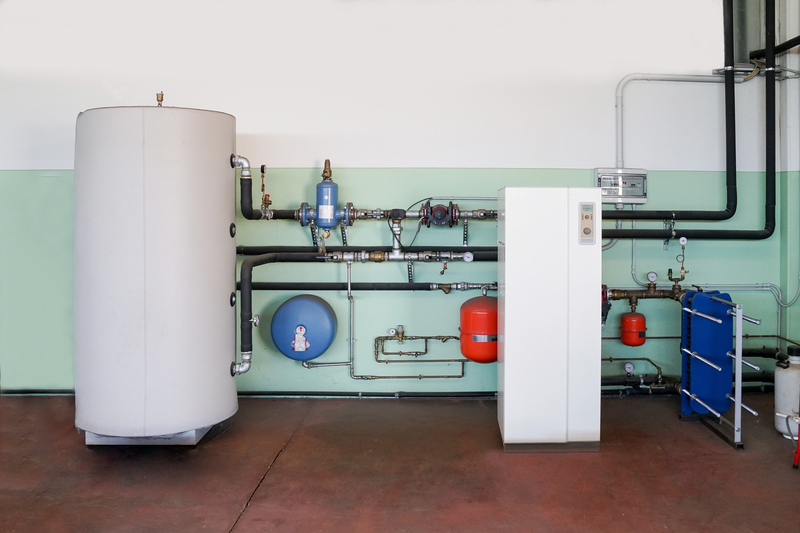
Geothermal energy reaches our homes through geothermal heat pumps. These operate similarly to conventional heat pumps by using a refrigeration system to transfer heat. These specialized heat pumps move heat via pipes buried deep in the ground on your property, leveraging the Earth’s stable underground temperature. With various types of geothermal heat pumps available, each offers a unique process for efficiently heating your home by tapping into this renewable energy source. Promising to detail the mechanisms behind geothermal energy heat pumps further.
Closed Loop System – Geothermal Power
Closed-loop geothermal pump systems are favored for their cost-effectiveness. These pumps are most prevalent in homes and small businesses. This system circulates a heat transfer solution through underground pipes in a closed loop. Transferring heat into or out of a building to regulate its temperature. In winter, the underground temperature is warmer than the air above. This allows the heated solution to warm your home. In summer, the system cools your home by drawing heat out and transferring it underground.
Open Loop System – Geothermal Power
How does geothermal generate electricity with an open loop system? With an open loop system, water will be taken from an actual source, like a lake or a pond, and transferred into the heat pump. Once it is done with the heat transfer in your home, the water is returned to the body of water without being polluted. The open-loop heat pump is cheaper than the closed-loop system but does require your home or small business to be located near a reliable source of water.
Related Post: What are the Pros and Cons of Geothermal Energy?
Geothermal Energy FAQ
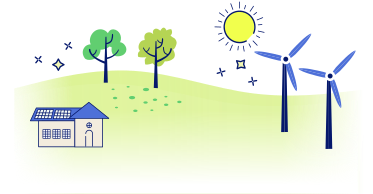
Q: Is geothermal Energy Renewable?
A: Yes, geothermal energy is renewable and the hot water and steam used to generate power can be returned and recycled to the ground. Since the process is completely recyclable and uses no fossil fuels, it is considered to be a great renewable energy resource.
Q: Is Geothermal Energy Expensive?
A: The cost of geothermal energy varies depending on factors like resource availability, project scale, and location. While upfront costs for exploration and drilling can be significant, geothermal energy offers long-term cost stability and low operating costs. Once a geothermal power plant is established, the ongoing expenses tend to be relatively low, making it a competitive renewable energy option in suitable regions.
Q: What Contributes to the Cost of Geothermal Energy?
A: Upfront costs include resource assessment, exploration studies, and drilling deep wells to access the geothermal reservoir. Infrastructure and power plant construction also add to the expenses. However, geothermal energy benefits from low fuel costs since the heat source is renewable and naturally replenished.
Q: Which Energy Source Boils Water?
A: In geothermal power plants, the energy source that boils the water and produces steam is the heat from the geothermal reservoir itself. The geothermal reservoir contains hot water or steam trapped underground, typically in porous rocks or fractured formations.
Do you Need Cheaper Electricity?
If you’ve taken the time to understand the information on your bill and discovered you’re paying more than you’d like for your electricity, have you looked around for a cheaper deal? The Energy Professor has a wealth of information on ways to save on your utilities, including details of top deals that could significantly reduce your monthly or quarterly electricity bills.
We hope you found this article helpful! If you are looking for ways to increase energy efficiency and sustainability in your home be sure to take a look at all of the latest renewable energy options in your area. The Energy Professor helps residential and small business owners find qualified energy suppliers in New York, New Jersey, Pennsylvania, Texas, Ohio, Maryland, Illinois, and Massachusetts

